The Rise of Collaborative Robots (Cobots) in Industrial Workplaces
Welcome to a New Era of Industrial Revolution
In recent years, the wave of technological advancement has washed over industries, transforming traditional production lines into modern marvels of efficiency. At the heart of this transformation lies the rise of collaborative robots, affectionately known as cobots. As we navigate through this new industrial landscape, cobots have emerged as the unsung heroes, bridging the gap between human ingenuity and robotic precision.
Unlike their industrial predecessors, cobots are designed to work alongside humans, not in place of them. They offer a new dynamic in production environments, where safety, efficiency, and adaptability reign supreme. In this article, we will explore how these versatile machines are reshaping industries, enhancing manufacturing processes, and optimizing our work environments.
So, let’s delve into the world of cobots and uncover their role in revolutionizing our industrial workplaces.
Understanding Cobots: The New Workforce Companion
In the fast-paced realm of manufacturing and industry, the demand for versatile technology has led to the creation of cobots. But what exactly sets them apart from traditional robots?
Cobots are designed with a focus on collaborative tasks. Unlike traditional robots, which often require safety cages and human separation, cobots are engineered to safely work alongside workers on shared tasks. This integration has been monumental in assembly lines, where the harmonious interplay of human and machine results in enhanced productivity.
Safety and Adaptability
One of the most notable features of cobots is their built-in safety mechanisms. Equipped with sensors and sophisticated algorithms, they can detect the proximity of a human worker, allowing them to adjust speed or halt operations to prevent accidents. This aspect of safety is not just a technical achievement; it has fostered a culture of trust and collaboration in industrial environments.
Flexibility in Manufacturing
Cobots have introduced a new level of flexibility in production systems. Their ability to be easily programmed and reprogrammed allows industries to quickly adapt to changing demands. Whether it’s shifting production lines or introducing new products, cobots provide the agility needed to remain competitive in a dynamic market. Their intuitive programming interfaces make them accessible to workers with varying technical proficiency, further streamlining operations.
The Human Touch
While cobots bring advanced technology to the forefront, they don’t replace the invaluable human touch. Instead, they augment human capabilities, taking over repetitive or dangerous tasks, allowing workers to focus on more complex or creative endeavors. This harmonious relationship not only improves efficiency but also enhances job satisfaction, fostering a work environment where technology and human ingenuity coexist productively.
The Impact of Cobots on Production and Efficiency
In the quest for greater efficiency and productivity, industries have turned to cobots as a viable solution. Their impact is evident across various sectors, from automotive manufacturing to electronics assembly, reshaping the landscape of modern production.
Streamlining Assembly Lines
The introduction of cobots into assembly lines has revolutionized how we approach production tasks. Unlike traditional automated systems that require extensive downtime for reconfiguration, cobots can be quickly adjusted to perform different tasks. This adaptability significantly reduces production time and enhances overall efficiency.
Workers and cobots can collaborate on complex assemblies, with humans providing dexterity and decision-making skills, while cobots handle repetitive tasks with precision and accuracy. This symbiotic relationship leads to higher-quality products and reduced error rates, setting new standards in industrial production.
Enhancing Worker Safety
Cobots have redefined the safety standards in workplaces. By undertaking hazardous tasks, they minimize the risk of accidents, ensuring that human workers remain safe. This shift not only protects workers but also reduces downtime caused by workplace injuries, allowing industries to maintain consistent output levels.
Boosting Economic Growth
The economic implications of cobots are profound. By optimizing production processes, they contribute to reducing operational costs and increasing output. This balance of cost efficiency and increased production capacity fuels economic growth, allowing companies to invest in innovation and further improve their production capabilities.
Industries Embracing the Cobot Revolution
The cobot revolution is not confined to a single sector. Their versatility and adaptability make them an asset across various industries, each harnessing the technology to tackle unique challenges and improve productivity.
Automotive Manufacturing
In the automotive sector, cobots have become indispensable. They assist in tasks ranging from assembly to quality control, enhancing the precision with which vehicles are manufactured. Their ability to work alongside skilled technicians ensures that every component is installed with optimal accuracy, resulting in vehicles of superior quality.
Electronics and Semiconductor Production
Cobots have found a niche in the intricate world of electronics and semiconductors. These industries demand high precision and flexibility, where even minor errors can lead to significant costs. Cobots excel in performing minute, repetitive tasks, ensuring that components are assembled with the utmost care and precision, minimizing error margins.
Food and Beverage Industries
In food processing and packaging, cobots assist in maintaining hygiene and efficiency. From sorting and packaging to quality control, their ability to work in sterile environments without fatigue allows for consistent output and adherence to stringent health standards.
Healthcare and Pharmaceuticals
Cobots are making strides in healthcare by supporting tasks such as assembling medical devices and assisting in laboratories. Their precision and reliability ensure that products meet rigorous health standards, crucial in industries where safety and accuracy are paramount.
Navigating the Future: The Role of Cobots
As we look to the future, the role of cobots in our work environments is set to expand. Their potential to transform industries lies not just in their current capabilities but in the continuous advancements in robotics technology and AI.
Evolution in Robotics
Developments in AI and machine learning will further enhance cobots’ capabilities. As they become more intuitive, their ability to understand and respond to human gestures, speech, and actions will improve. This evolution will enable even more seamless interactions between humans and cobots, fostering an era of unprecedented collaboration.
New Frontiers in Workspaces
With their expanding capabilities, cobots will enter new domains, from agriculture and construction to education and research. They will assist in tasks that were once deemed too challenging for machines, bringing about efficiencies and innovations across diverse sectors.
Empowering the Workforce
As industries embrace cobots, there will be a renewed focus on upskilling the workforce. Providing workers with the knowledge to operate and collaborate with cobots will be crucial in maximizing the benefits of this technology. Empowering employees to harness the full potential of cobots will lead to a more dynamic and adaptable workforce.
A Collaborative Future
Ultimately, the future of work will be defined by collaboration, not competition, between humans and machines. Cobots will not replace the human workforce; rather, they will complement and enhance it, leading to improved efficiency, safety, and innovation.
The rise of collaborative robots is just the beginning of a new chapter in industrial history. As we continue to explore their possibilities, cobots will undoubtedly play a pivotal role in shaping the industries of tomorrow.
A New Dawn in Industrial Evolution
The emergence of cobots signifies a new dawn in the realm of industry and manufacturing. As we embrace these collaborative machines, we find ourselves at the intersection of human creativity and robotic precision. Cobots are not merely tools; they are partners in production, heralding an era of increased efficiency, safety, and innovation.
In this rapidly changing landscape, the synergy of human and cobot collaboration promises a future where industries thrive on adaptability and resilience. By harnessing the potential of cobots, we are not just optimizing our work processes but are also paving the way for a brighter, more collaborative future.
FAQ
What are collaborative robots, and how do they differ from traditional industrial robots?
Collaborative robots, or cobots, are designed to work alongside humans in a shared workspace, unlike traditional industrial robots that typically operate in isolated areas. Cobots are equipped with advanced sensors and safety features that allow them to detect human presence and respond accordingly, ensuring a safer and more flexible working environment.
Why are cobots becoming increasingly popular in industrial settings?
Cobots are gaining traction due to their ability to enhance productivity and efficiency without compromising safety. They are user-friendly, easily programmable, and can be quickly integrated into existing workflows. Their adaptability to various tasks and potential to work in tandem with human workers make them a cost-effective solution for industries seeking to optimize operations.
What industries are most likely to benefit from the use of cobots?
Industries such as manufacturing, automotive, electronics, and logistics are among the primary beneficiaries of cobots. These sectors often involve repetitive tasks, which cobots can efficiently handle, freeing up human workers to focus on more complex and value-added activities. Cobots are also instrumental in sectors where precision and consistency are crucial.
How do cobots ensure safety when working alongside humans?
Cobots are equipped with state-of-the-art safety features such as force-limiting technology, which ensures they apply only a safe amount of force during interactions. They also use sensors and cameras to detect human presence and adjust their actions to avoid collisions. Some models are designed to stop immediately if they come into unintended contact with a human.
What are the potential challenges in implementing cobots in an industrial environment?
While cobots offer numerous advantages, their implementation can pose challenges such as initial setup costs, workforce training, and integration with existing systems. Companies may also face resistance to change from employees who are unfamiliar with or skeptical of new technology. Overcoming these challenges requires strategic planning, adequate training, and open communication to ensure a smooth transition.
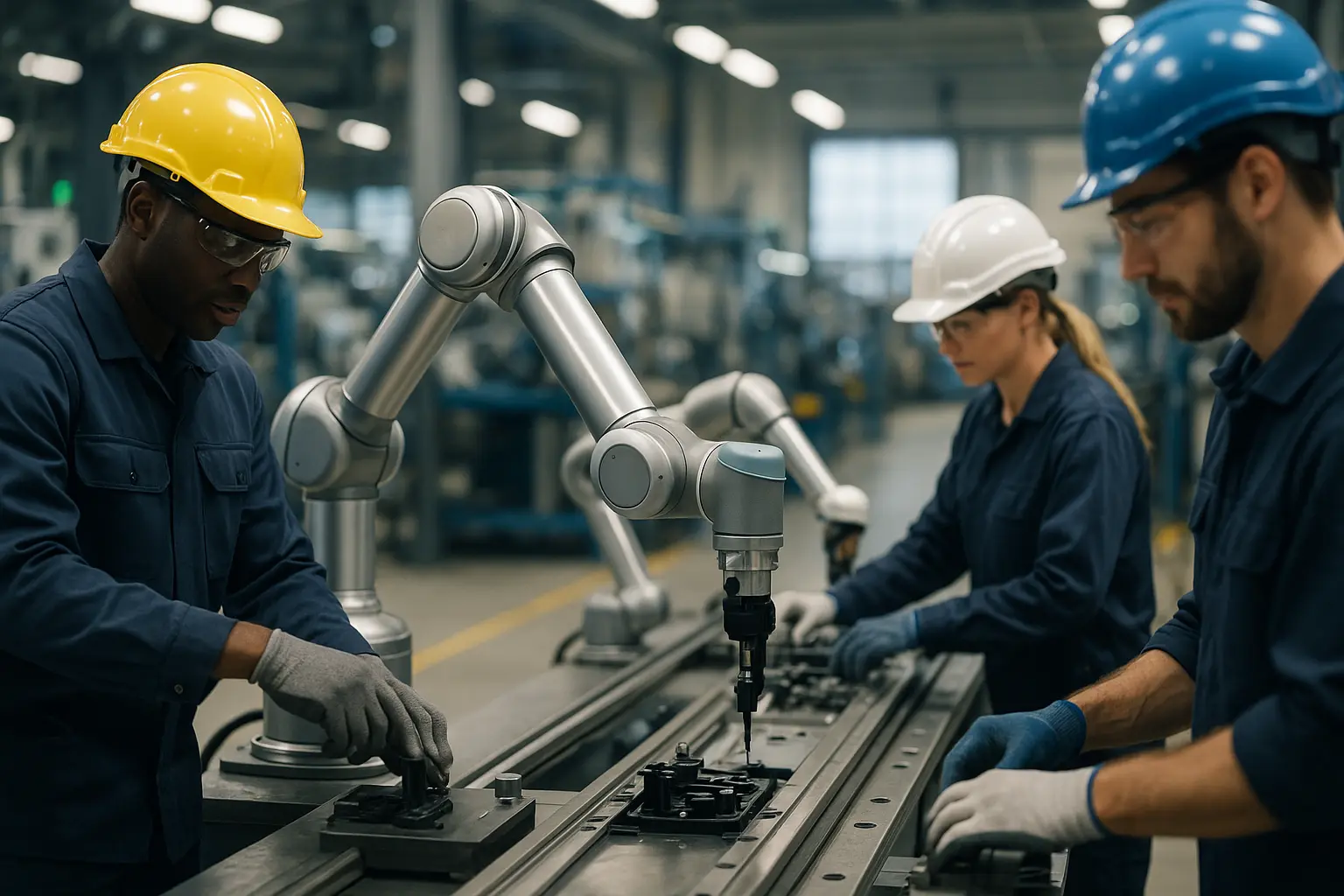
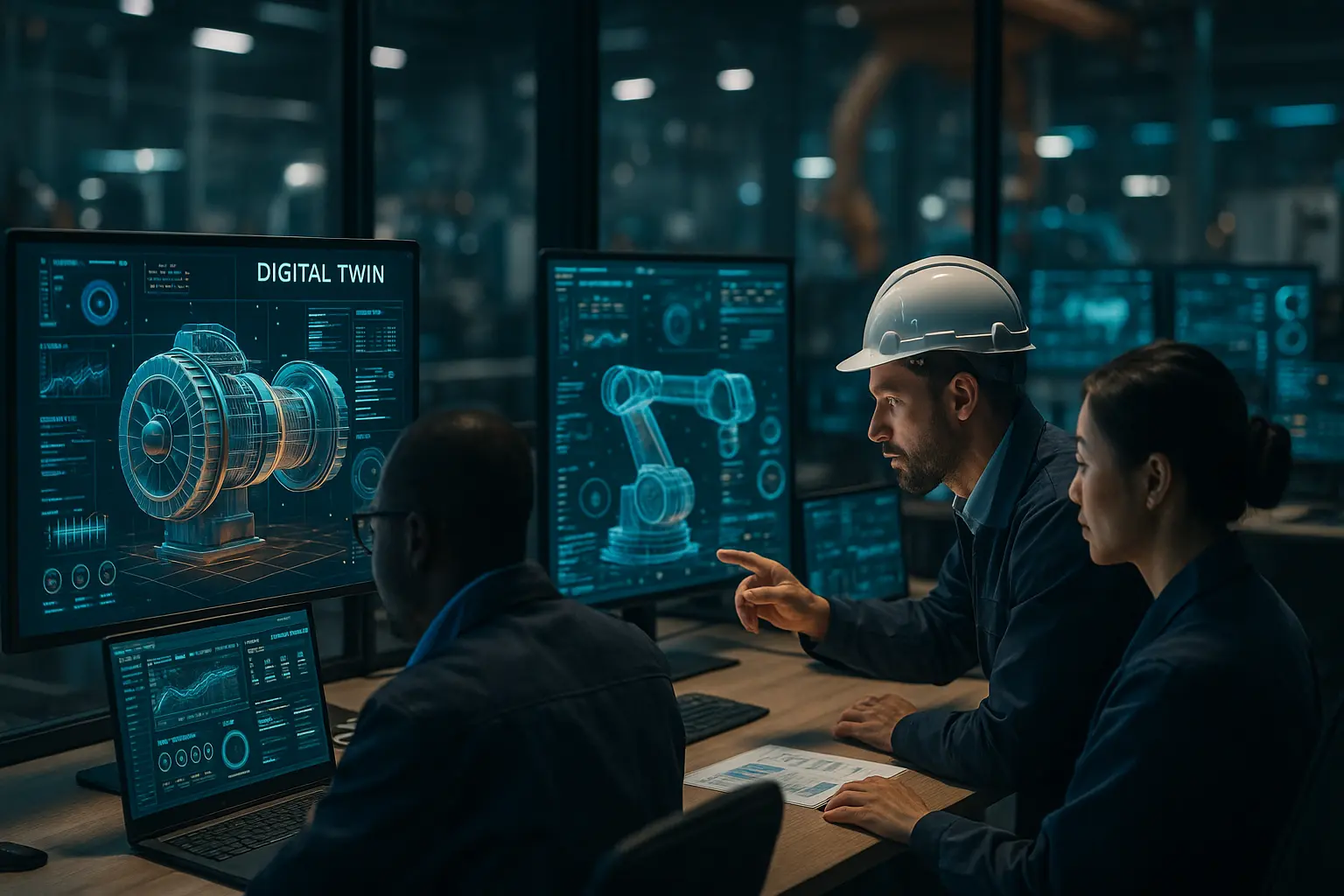
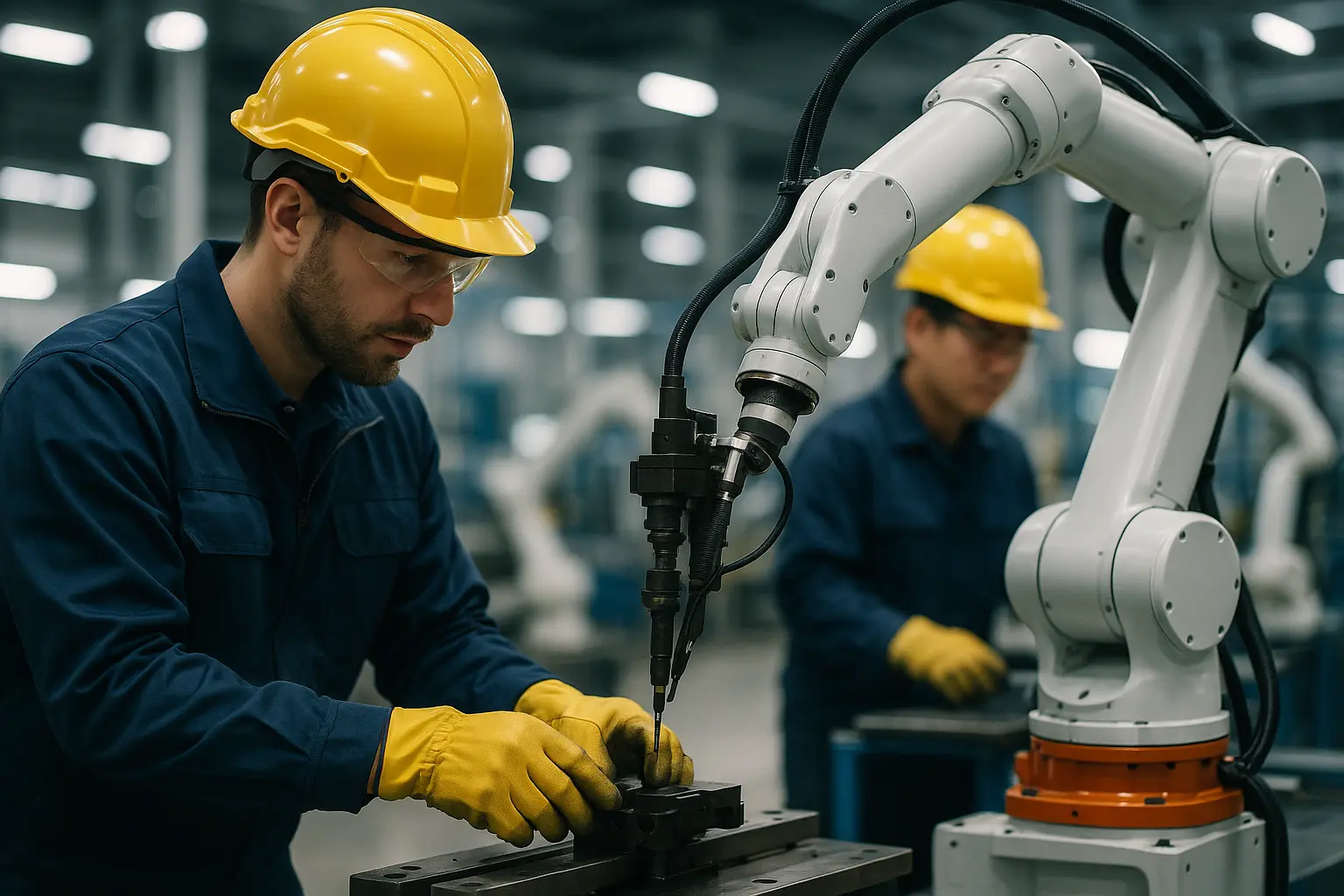
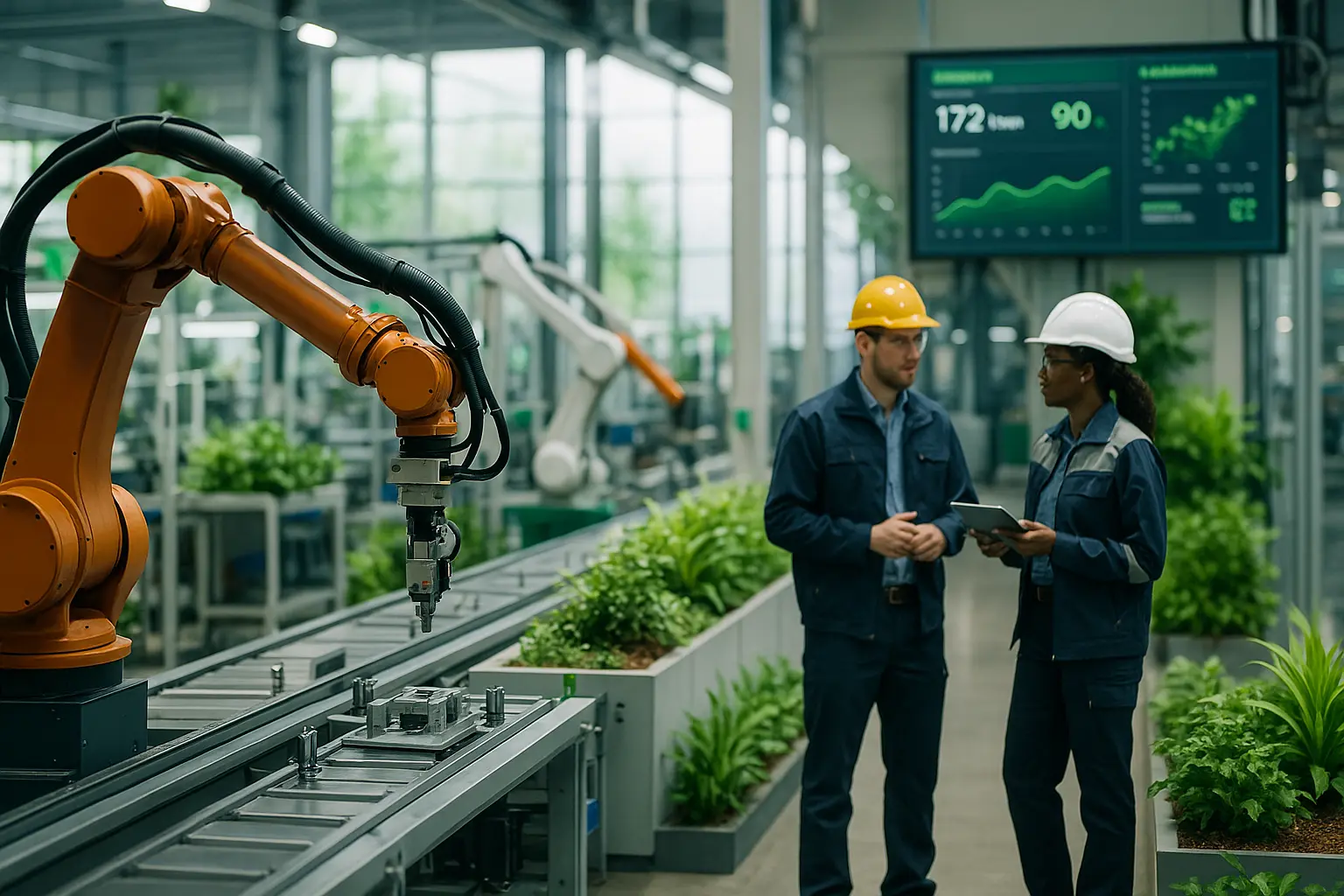
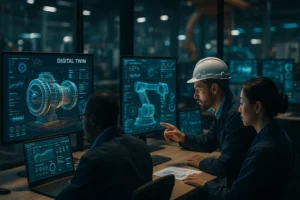



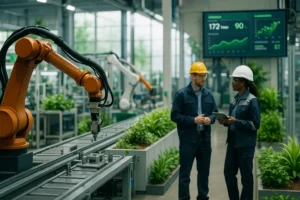


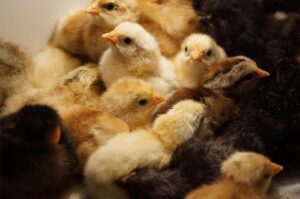


Post Comment